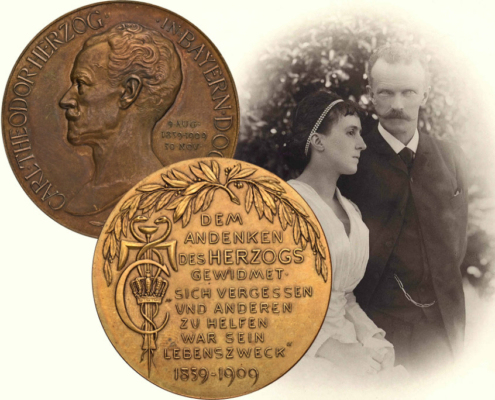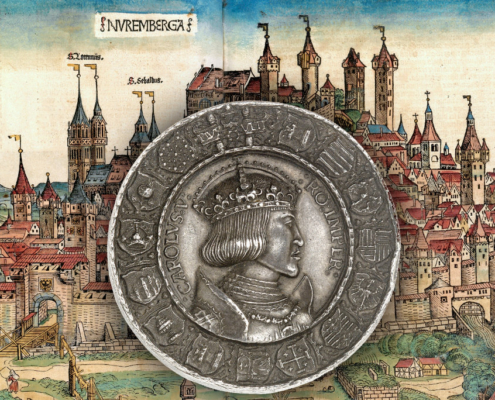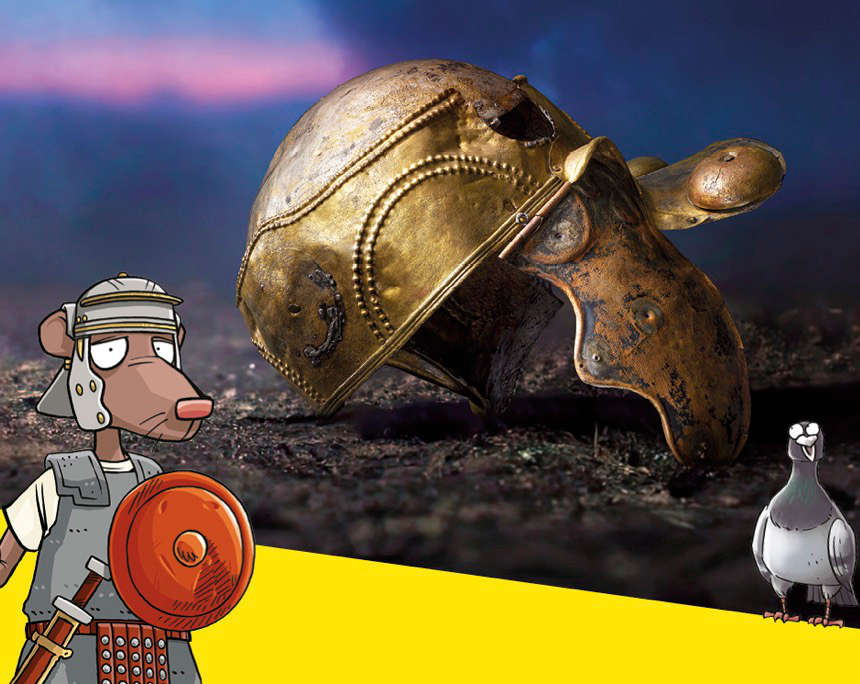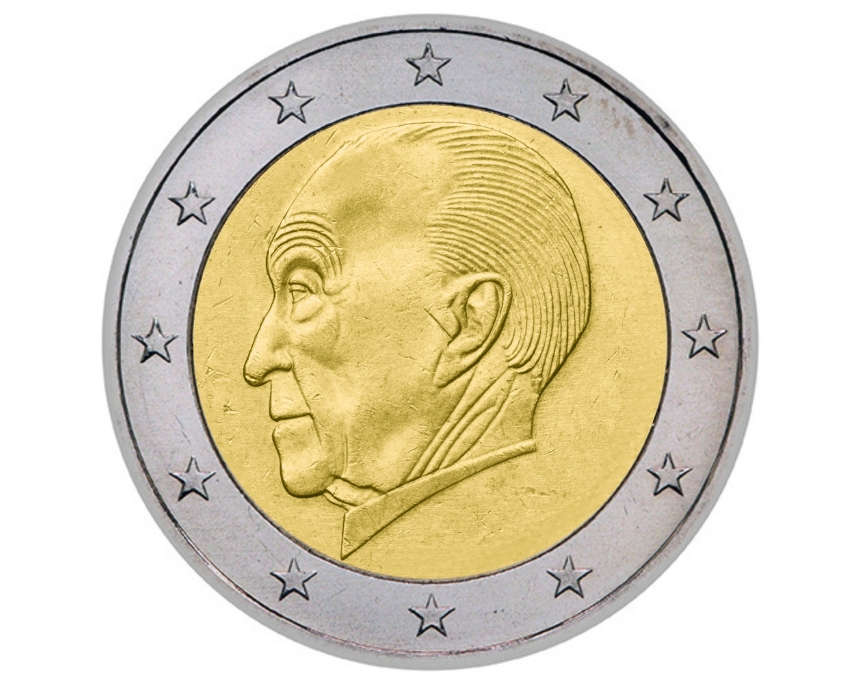1/2 Reichstaler 1621,
under Wilhelm V of Hesse-Kassel as administrator.
Condition: ef+


city of Besançon,
3 Pistols 1666 with title Charles V.
Condition: CH UNC

Bavaria, Chaise d'or (imperial shield)
1328-1347 under Emperor Louis IV.
Condition: ef

Reichstaler 1654-1668
under Count Guidobald von Thun.
Condition: vf-ef

Solidus (491-518)
under Anastasius the righteous.
Condition: vf-ef

Archive: People and Markets
Life in the Roman Army: An Exhibition of the British Museum
The British Museum presents a look at one of the most famous fighting forces of all time: the Roman army. Spectacular artifacts from around the globe will be on display in London for the first time. A prominent partner has been brought on board for young visitors.
German Coins in 2026: Two New Series and a Familiar Face
The Federal Ministry of Finance has published the coin programme for 2026. Collectors can look forward to a total of twelve coin issues covering a wide thematic spectrum.
Archive: Coins, Medals and more

Carl Theodor in Bavaria: The Old Nobility Takes Up a New Role
In the context of Künker’s phaleristic sale at the end of October, the Osnabrück auction house will present orders from the estate of Carl Theodor Duke in Bavaria. Carl Theodor is one of the most interesting figures of Bavarian history. In contrast to his famous sister Sisi, he managed to live a fulfilled and self-determined life – as an eye specialist.

A Medal Made by Dürer as the Official Gift of the City of Nuremberg for Charles V
On 29 January 2025, auction house Künker will be auctioning an object of major art-historical importance in Berlin: the very Albrecht Dürer himself had been commissioned by the Nuremberg City Council to create the dies for medals that were to be officially handed to Charles V during his entry into the city in 1521.















Two Robberies in Two Days – French Museums Targeted by Criminals
Last week, two museums in France were robbed. The museums were helpless in the face of the criminals’ ruthless brutality. Is it even possible to protect our cultural heritage in this day and age?
The Fascinating World of Insects and Minting Errors: The Misaligned Stag Beetle
A year ago, the paint on coins from the “Fascinating World of Insects” series began to flake off. Now, new anomalies have surfaced—ones that experts find only partially explainable.